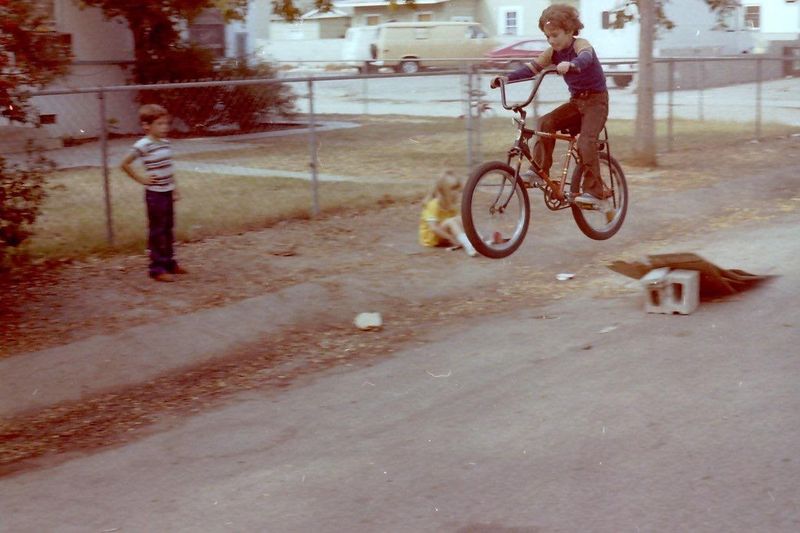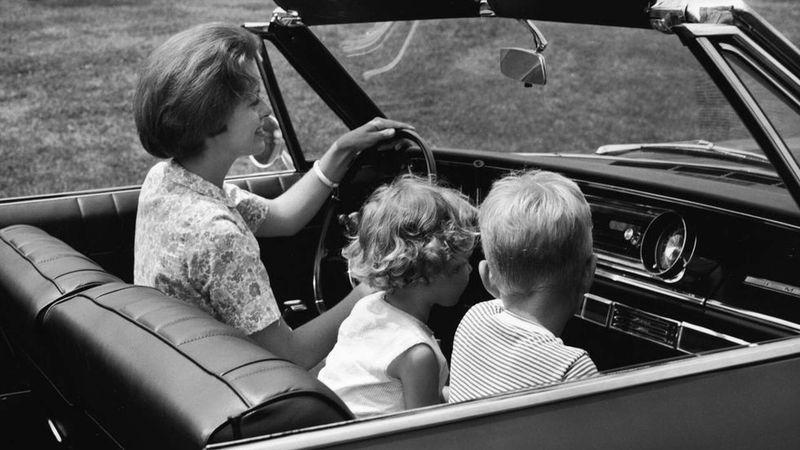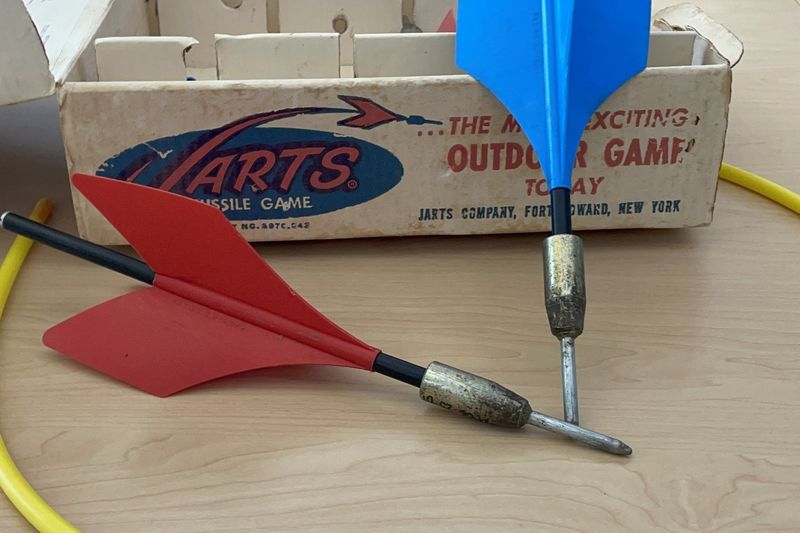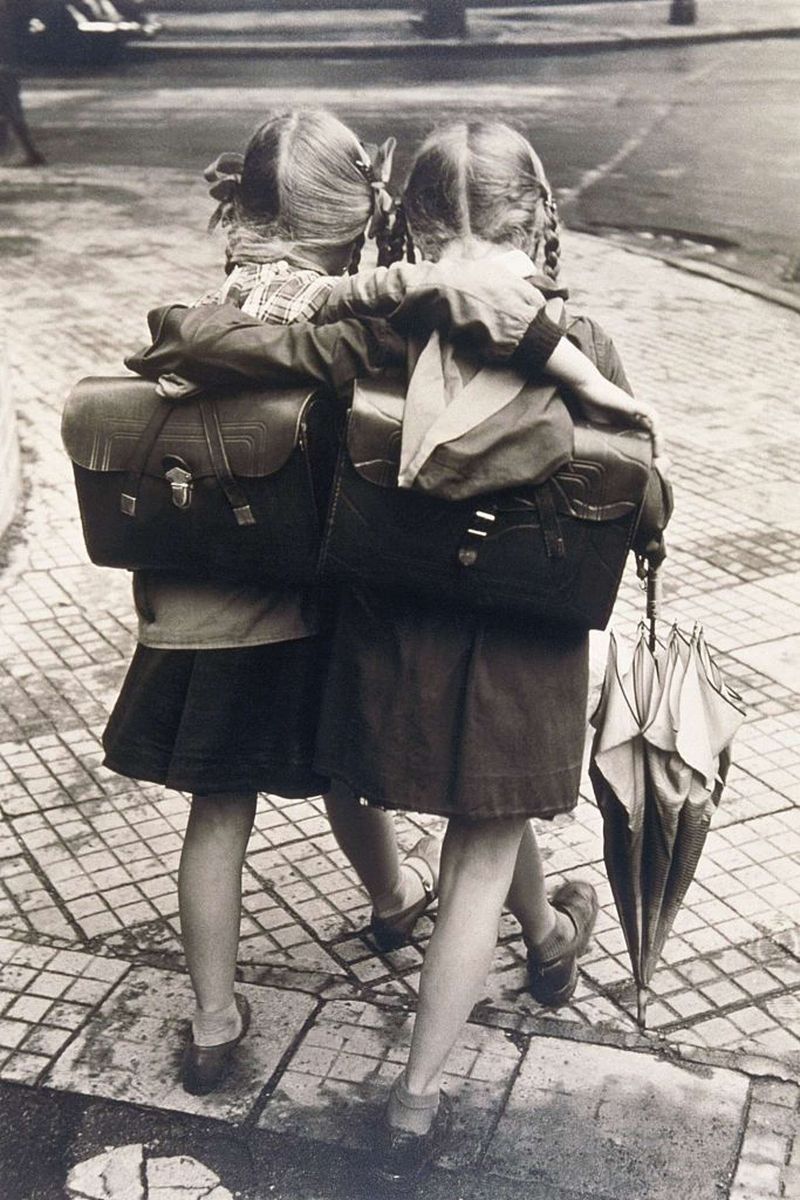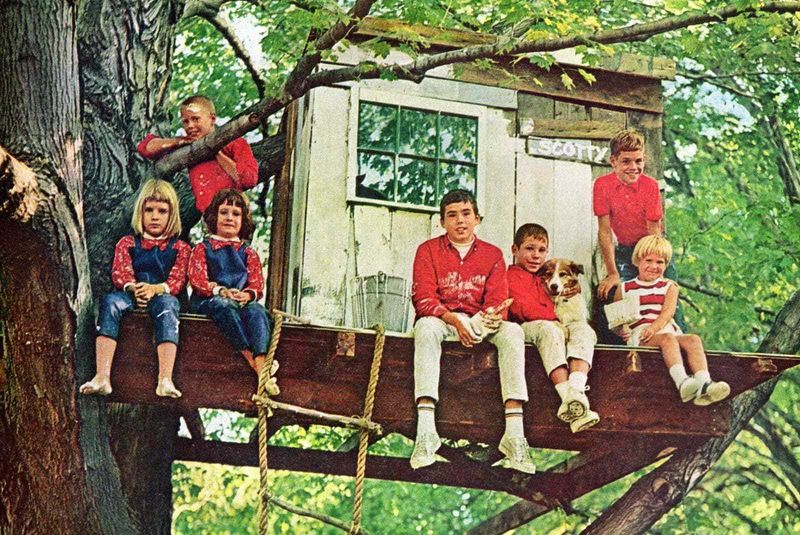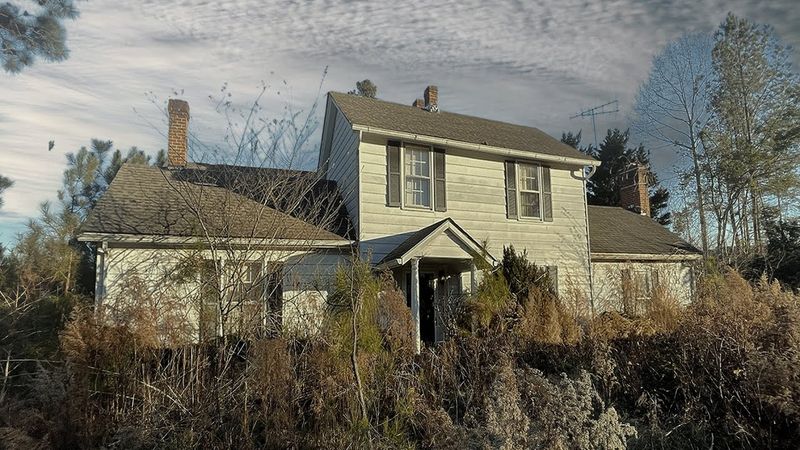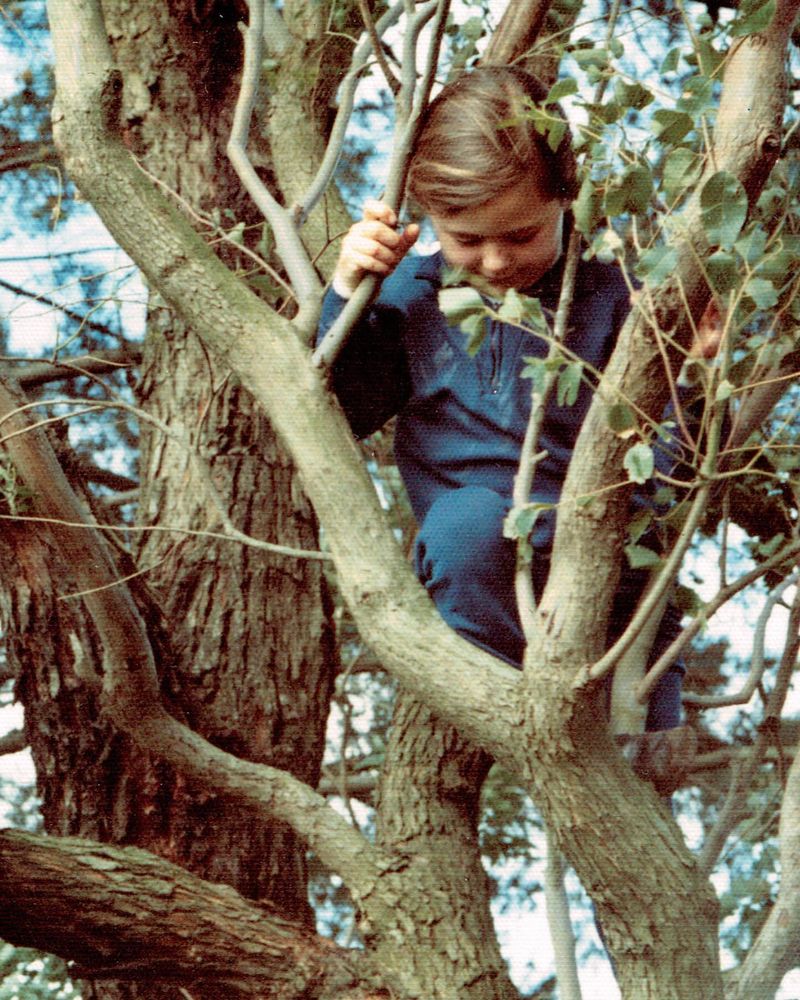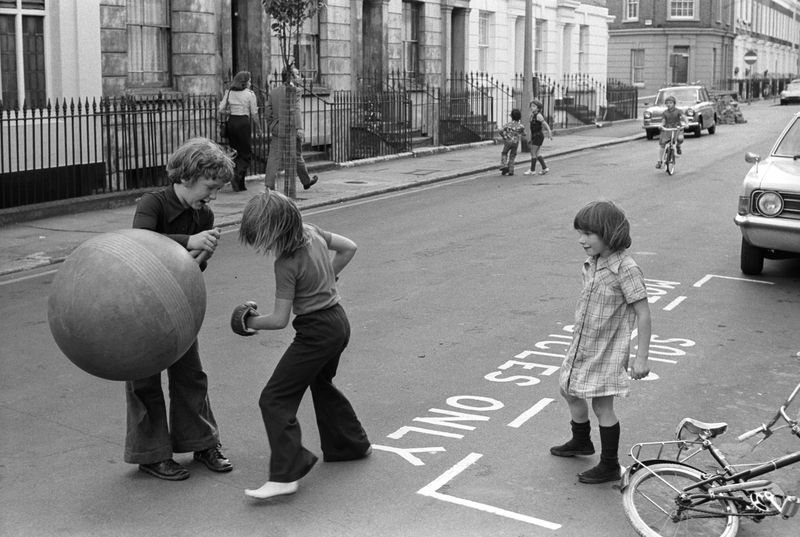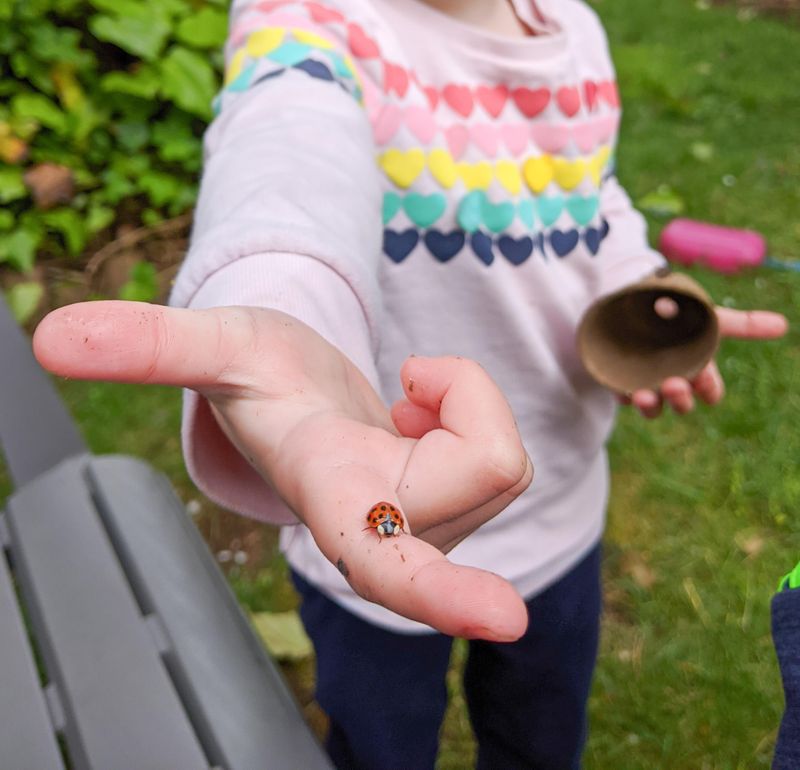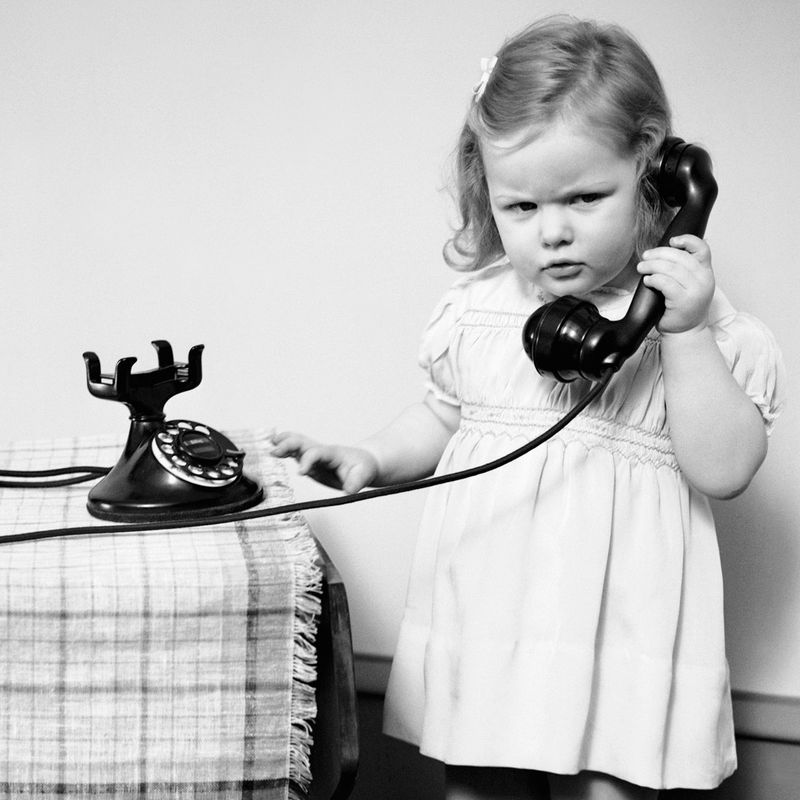The 1960s was a time of free-spirited adventure and exploration for children. Without the digital distractions of today, kids embraced a variety of pastimes that shaped their childhood experiences.
Some of these activities, while iconic, might seem unusual by modern standards. Let’s take a nostalgic look back at 13 such pastimes that defined an era and would certainly raise eyebrows today.
1. Riding Bikes Without Helmets
In the 1960s, wearing helmets was not common practice for kids riding their bikes. It was a time when children felt the wind in their hair as they zoomed down neighborhood streets.
The freedom of cycling without a helmet was part of the thrill and adventure that defined childhood.
Today, safety standards are much stricter, and helmet laws ensure that children are protected.
While the carefree spirit of riding a bike remains, the emphasis on safety has changed the experience. Parents now insist on helmets to ensure their children are safe on their biking adventures.
2. Long Road Trips Without Seatbelts
Long road trips were a common family activity, and seatbelt use was rare for children. Families would pile into their cars, kids often clambering into the backseat without a second thought. The focus was on fun and togetherness rather than safety.
Today, seatbelt laws are stringent, and child safety seats are a must. The awareness of safety has shifted dramatically, making it hard to imagine those carefree days.
While the journey itself remains an exciting adventure, ensuring safety is now an integral part of the road trip experience.
3. Playing with Lawn Darts
Lawn darts were a popular outdoor game, featuring large, pointed projectiles aimed at a target. The game required skill and precision but posed significant safety risks. Children enjoyed the challenge, often playing unsupervised in their backyards.
In modern times, lawn darts have been banned due to their potential danger. The idea of children hurling heavy, sharp objects seems alarming today.
Safer alternatives now exist, but the memory of lawn darts remains a nostalgic part of many childhoods. The focus on safety has transformed outdoor games for the better.
4. Walking to School Alone
In the ’60s, it was common for children as young as seven to walk to school alone. The community was considered safe, and parents trusted their neighborhoods. This independence helped children develop confidence and self-reliance.
Today’s parents are more cautious, often accompanying their children or arranging group walks. Concerns about safety and traffic have changed this once simple routine.
While independence is still encouraged, it’s balanced with increased awareness of potential dangers. Walking to school has become a more supervised activity, reflecting societal changes in attitudes towards child safety.
5. Chemistry Sets with Real Chemicals
Chemistry sets in the ’60s came with real chemicals, allowing children to conduct experiments that would be unthinkable today. These kits sparked curiosity and inspired future scientists, but they also carried potential risks.
Modern chemistry sets are designed with safety in mind, using harmless substances to encourage scientific exploration.
The thrill of discovery remains, though the focus now is on learning without hazards. While the excitement of the past may have diminished, today’s kits ensure a safe environment for budding scientists to explore and learn.
6. Smoking Candy Cigarettes
Candy cigarettes were a favorite treat among kids, often used to mimic adult behaviors. The candy sticks, resembling cigarettes, were a playful way for children to imitate grown-ups.
Today, the idea of children pretending to smoke is frowned upon, reflecting a shift in societal views on smoking. Candy cigarettes have largely disappeared from store shelves, replaced by treats that encourage healthier behaviors.
The playful mimicry that once entertained children now seems inappropriate, highlighting changes in attitudes towards smoking and its influence on young minds.
7. Building Forts from Loose Wood
Building forts from loose wood was a creative pastime where children constructed hideouts using whatever materials they could find. This activity fostered teamwork and imagination but lacked safety considerations.
Today, supervised play structures are more common, designed with safety standards in mind. The spontaneous creativity of building forts has been replaced with organized play, though the spirit of adventure persists.
Encouraging creativity within safe boundaries reflects a change in how children’s playtime is approached, ensuring fun without compromising safety.
8. Exploring Abandoned Buildings
Exploring abandoned buildings was an adventure for ’60s kids, offering a mix of excitement and danger. These excursions fueled imaginations but posed significant risks, often undertaken without adult supervision.
Modern awareness of safety and legal issues has largely curbed such activities. While urban exploration still intrigues some, it’s now approached with caution and often organized as part of guided tours.
The shift from unsupervised exploration to safer alternatives highlights growing concerns for safety and responsibility, reflecting changes in how risk is perceived and managed.
9. Playing with BB Guns
BB guns were a common toy for boys, considered a rite of passage for young marksmen. These guns provided endless fun and helped develop shooting skills, though they carried inherent risks.
Today’s perspective on BB guns is more cautious, emphasizing safety and supervision. The potential dangers have led to stricter guidelines, and alternative toys like laser tag offer safer options.
While the thrill of target practice remains, the focus is now on ensuring safety and minimizing risks, reflecting a broader understanding of responsible play.
10. Climbing Trees Without Supervision
Tree climbing was a beloved activity, offering children a sense of freedom and connection with nature. Without supervision, kids enjoyed the thrill of reaching new heights, developing physical skills and confidence.
Today, parents are more vigilant, often supervising or discouraging such activities due to safety concerns. The simple joy of climbing trees has been tempered by an awareness of potential injuries.
Encouraging outdoor play while ensuring safety has become the norm, reflecting a balance between adventure and caution in modern parenting.
11. Playing in the Streets
Playing in the streets was a common sight, with children engaging in games like stickball or hopscotch. The streets were their playground, offering space and freedom for various activities, often unsupervised.
Today, traffic and safety concerns have moved children’s play to parks and designated areas. The spontaneous games of the past are now organized and monitored. While the spirit of play remains, the environment has evolved to prioritize safety.
This shift reflects broader societal changes in attitudes towards children’s freedom and the importance of secure play spaces.
12. Collecting Insects
Collecting insects was a popular hobby that sparked curiosity about nature. Children would gather bugs in jars, often studying them closely before releasing them. This pastime fostered a love for biology and the natural world.
Today, there is a greater emphasis on ethical treatment of wildlife and environmental awareness. While bug collecting is still encouraged, it’s done with mindfulness towards conservation.
The shift from casual collecting to responsible interaction reflects a growing understanding of environmental impacts and ethical considerations in how children engage with nature.
13. Making Prank Calls
Prank calls were a mischievous pastime, with teens dialing random numbers to play harmless jokes. This activity was a way to bond with friends and indulge in lighthearted fun without real consequences.
With today’s technology, prank calls have become less common, replaced by digital communication avenues. The novelty of the past has given way to concerns about privacy and harassment.
While the playful spirit of a prank remains, the methods have evolved, highlighting changes in social norms and the impact of technology on how such activities are perceived.
